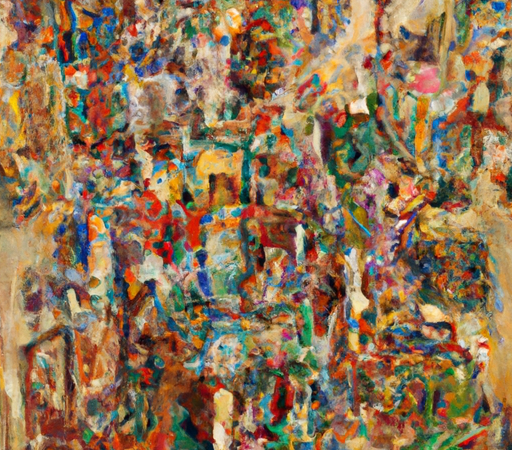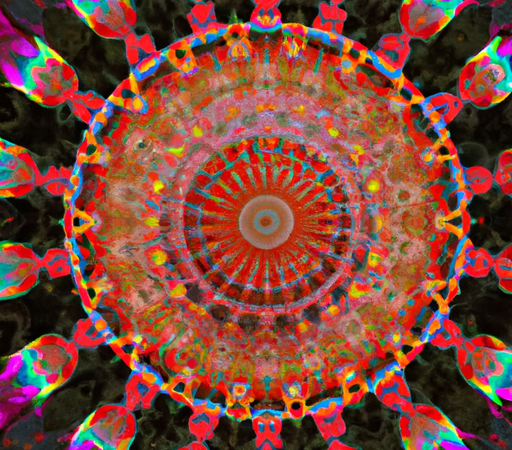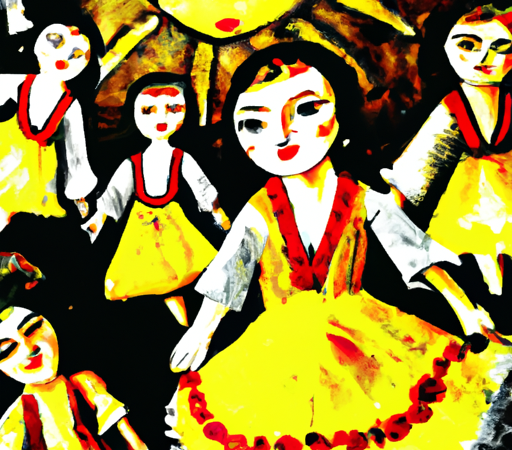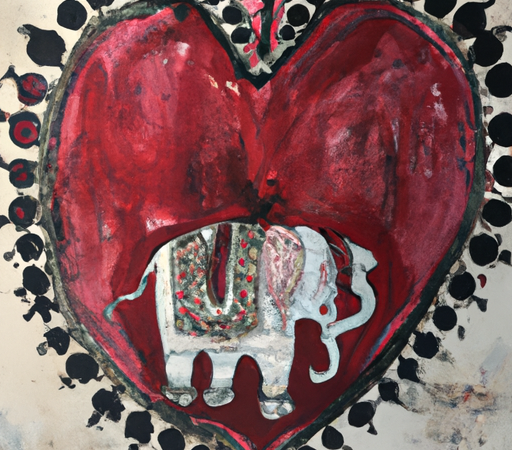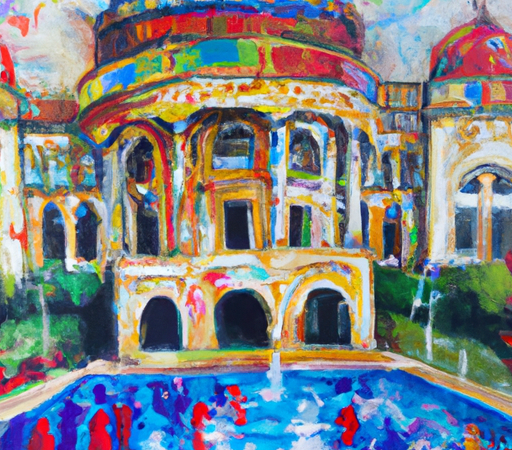Unforgettable Strokes: Revisiting the History of Famous Art Works
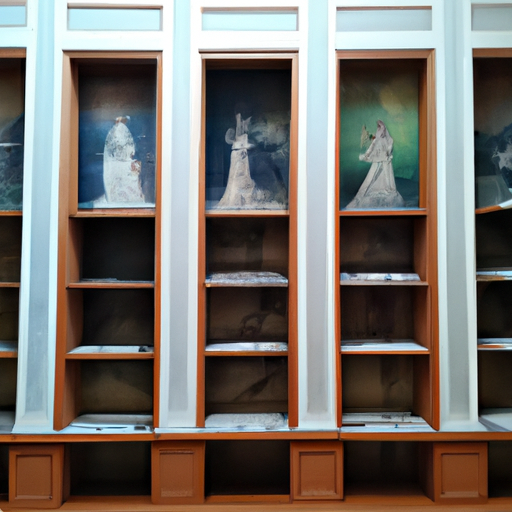
When it comes to famous art works, there are countless masterpieces that have left an indelible mark on the collective consciousness of society. These iconic pieces have not only defined artistic movements but have also become symbols of cultural heritage and artistic excellence. Let us take a trip down memory lane and revisit the history of some of the most unforgettable strokes in the world of art.
Mona Lisa – Leonardo da Vinci:
No article about famous art works would be complete without mentioning the enigmatic smile and captivating gaze of the Mona Lisa, created by the legendary Italian artist Leonardo da Vinci. Painted during the Renaissance period, this portrait exemplifies da Vinci's mastery of technique, as well as his ability to capture the human soul on canvas. The Mona Lisa has become an international icon, drawing millions of visitors to the Louvre Museum in Paris each year.
Starry Night – Vincent van Gogh:

Vincent van Gogh's Starry Night is an emotionally charged and mesmerizing painting that showcases the turbulent inner world of the artist. Painted during his time at an asylum, the swirling brushstrokes and vibrant colors depict a dreamlike landscape with a sense of movement and intensity. Starry Night is a prime example of van Gogh's unique style and his ability to convey deep emotions through his art.
The Persistence of Memory – Salvador Dalí:
Salvador Dalí's The Persistence of Memory is a surrealist masterpiece that challenges our perception of reality and time. The melting clocks, barren landscape, and unusual creatures create a dreamlike and thought-provoking scene. This iconic painting has become synonymous with Dalí's eccentric imagination and artistic genius.
The Scream – Edvard Munch:
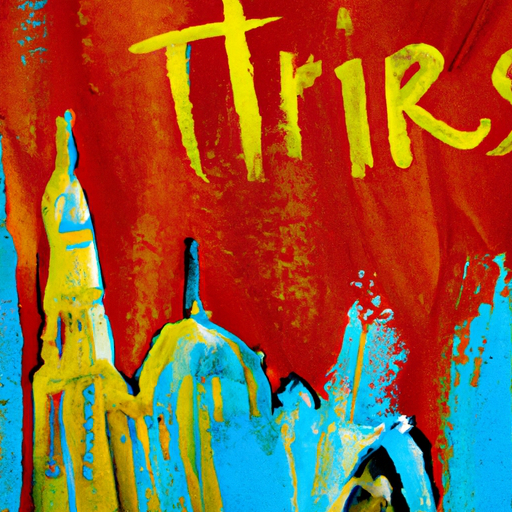
Edvard Munch's The Scream is a haunting and deeply emotional artwork that has become an enduring symbol of the human condition. The figure with a contorted face and hands covering its ears represents anxiety, fear, and existential anguish. Munch's use of bold colors and expressive brushwork adds to the powerful impact of this iconic work.
Guernica – Pablo Picasso:
Pablo Picasso's Guernica is a powerful political statement against the atrocities of war. Depicting the bombing of the Spanish town of Guernica during the Spanish Civil War, this monochrome painting portrays the suffering and devastation caused by conflict. Picasso's masterful use of cubism and intricate symbolism make Guernica a timeless and evocative piece of art.
These are just a few examples of famous art works that have left an indelible imprint on the art world and beyond. Each painting represents a unique moment in history, encapsulating the artist's vision and capturing the essence of the era they were created in. These masterpieces are not only aesthetically pleasing but also serve as a reflection of society, provoking thought and stirring emotions.
Revisiting the history of these art works allows us to appreciate the skill, creativity, and innovation of the talented artists who brought them to life. Their strokes on canvas continue to inspire and resonate with audiences worldwide, reminding us of the power of art to transcend time and leave an everlasting impact.

